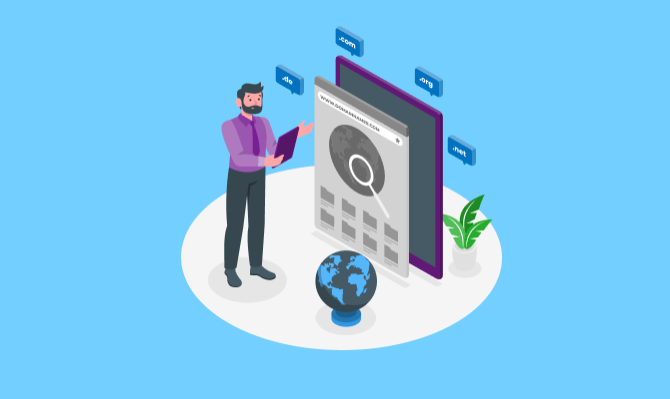
What is E-Commerce?
E-commerce has become an integral part of our lives, paralleling the widespread use of the internet in our country. It offers high levels of convenience for both buyers and sellers. Especially in the last decade, the presence of large companies in e-commerce and situations like pandemics have driven businesses of all types to embrace e-commerce.
If you are considering starting e-commerce to sell your products and services and are curious about topics like how to create an e-commerce site, how to set up an e-commerce site, how to sell online, and similar questions, we recommend examining Comwize first. It will help you take the first step in managing a serious e-commerce structure correctly.
What You Need to Start an E-Commerce Site
-
Company Formation Regardless of the type of trade you engage in, you must be a tax liable entity. Therefore, you should establish a company such as a limited, joint-stock, or sole proprietorship, fulfilling your responsibilities to the government and becoming a tax liable entity.
-
Domain Name Ensure that the name you choose for your brand can be registered in the digital world and is not already taken. Opt for a memorable and as short a domain name as possible. Also, make sure your brand name is not copyrighted by others.
-
Products and Services Decide and plan what products and services you will sell on your website. If you are selling a product you manufacture, your planning will be more straightforward. However, if you are sourcing products from different suppliers, you will need a more extensive plan. Consider various processes such as agreements with each supplier, delivery schedules, and payments.
-
Shipping and Logistics From the moment you step into e-commerce, you need to have a shipping company determined for delivering orders smoothly to your customers, whether domestic or international. Shipping companies often offer better terms to businesses that make regular shipments, allowing you to add a bit more to your profit margin.
-
Payment Infrastructure Payment infrastructure is essential for an e-commerce site. You need a smoothly functioning payment system to ensure that customers can easily purchase your products. While only banks used to provide payment infrastructure, today many intermediaries offer this service under favorable conditions. If you prefer not to use a ready-made e-commerce infrastructure, the integration should be done and tested by a developer to avoid security vulnerabilities and potential legal issues.
-
E-Commerce Infrastructure Choice To sell products and services online, you need a website or mobile application initially. With a web site integrated with e-commerce infrastructure, potential customers can visit your site, learn about your products and services, review the details of the items they need, make purchases, and track the delivery of their orders. They can do all this from the comfort of their homes. A website that provides an excellent user experience also ensures customer satisfaction for your e-commerce business.

























